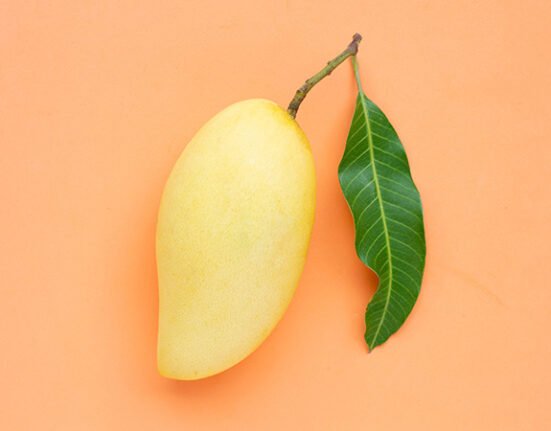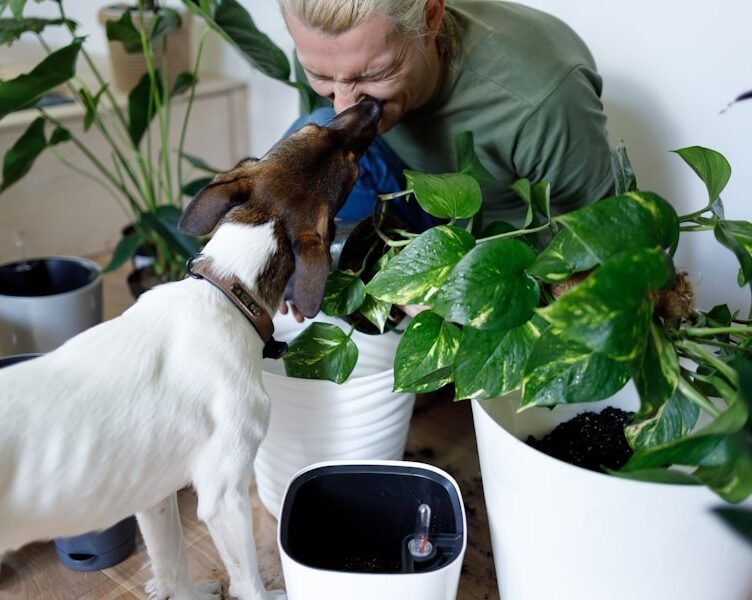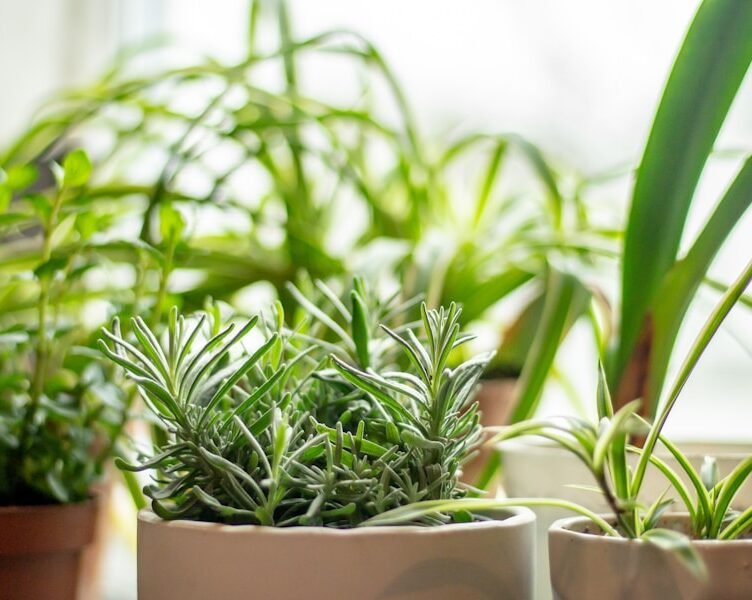When cultivating medicinal plants indoors, selecting the appropriate species is vital. Not all medicinal plants are suited for indoor environments, so thorough research is essential before making a purchase. Popular options for indoor medicinal plants include aloe vera, lavender, chamomile, and peppermint, which are renowned for their therapeutic properties and can be easily grown indoors with proper care.
It is also crucial to consider the available space for indoor gardening, as some medicinal plants require more room to grow than others. Furthermore, it is essential to consider the specific health benefits desired from the indoor garden, as different medicinal plants offer distinct healing properties. When selecting medicinal plants for indoor growth, it is essential to consider the amount of natural light available in the home.
Some medicinal plants require full sunlight, while others can thrive in low light conditions. The location of the indoor garden should be taken into account, and plants should be chosen that will flourish in that specific environment. Additionally, the temperature and humidity levels in the home should be considered, as some medicinal plants have specific environmental requirements.
By investing time in researching and selecting the right medicinal plants for indoor growth, a therapeutic indoor garden can be created that will benefit both physical and mental well-being.
Key Takeaways
- Choose the right medicinal plants for indoor growth based on your needs and available space
- Understand the environmental needs of medicinal plants, including light, temperature, and humidity
- Water and fertilize medicinal plants carefully, following essential tips for optimal growth and health
- Manage pests and diseases in indoor medicinal plants using natural and safe methods
- Learn proper pruning and harvesting techniques to promote healthy growth and maximize medicinal benefits
Understanding the Environmental Needs of Medicinal Plants
Lighting Requirements
Different medicinal plants have unique requirements when it comes to light. For instance, aloe vera thrives in bright, indirect sunlight, while lavender prefers full sunlight. It’s essential to research the specific lighting needs of each medicinal plant you choose to grow indoors to create an environment that supports their growth and healing properties.
Temperature and Humidity Levels
In addition to lighting, medicinal plants have varying requirements for temperature and humidity levels. Understanding these needs is crucial to creating an optimal environment for your indoor medicinal plants. By researching the specific needs of each plant, you can ensure they receive the right conditions to thrive.
Soil and Potting Mix
The soil and potting mix used for indoor medicinal plants are also critical factors to consider. Most medicinal plants prefer well-drained soil that is rich in nutrients. Using a high-quality potting mix specifically designed for indoor gardening can provide the best possible growing conditions for your medicinal plants. Additionally, choosing the right size pots for your plants is important, as some medicinal plants require more room to grow than others.
Essential Tips for Watering and Fertilizing Medicinal Plants
Proper watering and fertilizing are essential for the health and growth of indoor medicinal plants. Overwatering or underwatering can lead to root rot or dehydration, while over-fertilizing can cause nutrient burn and damage to the plant. It’s important to research the specific watering and fertilizing needs of each medicinal plant you choose to grow indoors and create a schedule that will support their growth and healing properties.
In general, most medicinal plants prefer to be watered when the top inch of soil is dry, and fertilized every 2-4 weeks during the growing season. When watering indoor medicinal plants, it’s important to use room temperature water and avoid getting water on the leaves, as this can lead to mold and disease. Consider using a watering can with a narrow spout to control the flow of water and avoid overwatering.
When fertilizing indoor medicinal plants, it’s important to use a balanced fertilizer specifically designed for indoor gardening. Consider using a liquid fertilizer that can be easily diluted and applied directly to the soil. By following essential tips for watering and fertilizing medicinal plants, you can ensure their health and growth in an indoor environment.
Managing Pests and Diseases in Indoor Medicinal Plants
| Medicinal Plant | Light Requirement | Watering Frequency | Soil Type |
|---|---|---|---|
| Aloe Vera | Direct sunlight | Every 2-3 weeks | Well-draining soil |
| Lavender | Full sunlight | Once a week | Sandy, well-draining soil |
| Mint | Partial sunlight | Regularly, keep soil moist | Rich, well-draining soil |
Managing pests and diseases in indoor medicinal plants is essential for maintaining their health and healing properties. Common pests that can affect indoor medicinal plants include aphids, spider mites, and whiteflies, while common diseases include powdery mildew and root rot. It’s important to regularly inspect your indoor garden for signs of pests or diseases and take action immediately to prevent further damage to your plants.
Consider using natural pest control methods such as neem oil or insecticidal soap to manage pests in your indoor garden. In addition to managing pests, it’s important to create a healthy environment for your indoor medicinal plants that will prevent diseases from taking hold. Proper watering and fertilizing, as well as maintaining good air circulation, can help prevent common diseases such as powdery mildew and root rot.
It’s also important to regularly clean and inspect your indoor garden to prevent the spread of pests and diseases between plants. By taking proactive measures to manage pests and diseases in indoor medicinal plants, you can ensure their health and healing properties are preserved.
Pruning and Harvesting Techniques for Medicinal Plants
Pruning and harvesting techniques are essential for maintaining the health and productivity of indoor medicinal plants. Regular pruning can help promote new growth and prevent overcrowding, while proper harvesting techniques can ensure the highest potency of healing properties in your medicinal plants. When pruning indoor medicinal plants, it’s important to use clean, sharp scissors or pruning shears to make clean cuts that will promote healthy growth.
Consider removing dead or yellowing leaves, as well as any overcrowded or damaged stems, to maintain the overall health of your plants. When it comes to harvesting medicinal plants, it’s important to research the specific harvesting techniques for each plant you choose to grow indoors. Some medicinal plants are best harvested in the morning when their essential oils are most potent, while others are best harvested in the evening when they have had time to recover from the heat of the day.
Consider using clean, sharp scissors or pruning shears to make clean cuts when harvesting your indoor medicinal plants, and store them in a cool, dark place to preserve their healing properties. By using proper pruning and harvesting techniques for your indoor medicinal plants, you can ensure their health and productivity.
Creating a Healing Indoor Garden with Medicinal Plants
Designing a Nurturing Environment
Creating a healing indoor garden with medicinal plants is a rewarding experience that can benefit both your physical and mental well-being. In addition to choosing the right medicinal plants for indoor growth and understanding their environmental needs, it’s important to create a nurturing environment that will support their growth and healing properties. Consider using natural elements such as rocks, wood, and water features to create a calming and peaceful space for your indoor garden.
Incorporating Aromatherapy and Natural Remedies
Additionally, consider incorporating aromatherapy into your indoor garden by choosing aromatic medicinal plants such as lavender or eucalyptus. In addition to creating a healing environment for your indoor garden, consider using your medicinal plants in natural remedies such as teas, tinctures, or salves. Research different ways to use your medicinal plants in home remedies that can benefit your health and well-being.
Enjoying the Benefits of Your Indoor Garden
By creating a healing indoor garden with medicinal plants, you can enjoy the physical and mental benefits of nurturing nature indoors.
Troubleshooting Common Issues in Medicinal Plant Care
Despite your best efforts, you may encounter common issues in caring for indoor medicinal plants. Common issues such as yellowing leaves, wilting stems, or stunted growth can be signs of underlying problems with watering, fertilizing, or environmental conditions. It’s important to regularly inspect your indoor garden for signs of common issues and take action immediately to address any problems that arise.
Consider researching common issues in caring for indoor medicinal plants and learning how to troubleshoot them effectively. When troubleshooting common issues in caring for indoor medicinal plants, it’s important to consider all aspects of their care including watering, fertilizing, environmental conditions, pests, and diseases. Consider adjusting your watering or fertilizing schedule if you notice signs of dehydration or nutrient deficiencies in your plants.
Additionally, consider adjusting the environmental conditions in your home such as light levels or humidity if you notice signs of stress in your plants. By troubleshooting common issues in caring for indoor medicinal plants, you can ensure their health and healing properties are preserved. In conclusion, nurturing nature indoors with medicinal plant care is a rewarding experience that can benefit both your physical and mental well-being.
By choosing the right medicinal plants for indoor growth, understanding their environmental needs, providing essential care such as watering and fertilizing, managing pests and diseases, using proper pruning and harvesting techniques, creating a healing indoor garden, and troubleshooting common issues effectively, you can enjoy the physical and mental benefits of nurturing nature indoors with medicinal plant care. Whether you are new to indoor gardening or have experience with growing plants indoors, taking the time to care for medicinal plants can provide a sense of fulfillment and well-being that comes from nurturing nature indoors.
FAQs
What are medicinal plants?
Medicinal plants are plants that have been used for their therapeutic properties for centuries. They contain compounds that have potential health benefits and can be used to treat various ailments.
Why should I grow medicinal plants indoors?
Growing medicinal plants indoors allows you to have easy access to fresh herbs and natural remedies. It also provides a convenient way to incorporate these plants into your daily routine.
What are some common medicinal plants that can be grown indoors?
Some common medicinal plants that can be grown indoors include aloe vera, lavender, peppermint, chamomile, and rosemary. These plants have various health benefits and are relatively easy to care for.
How do I care for medicinal plants indoors?
Caring for medicinal plants indoors involves providing the right amount of sunlight, water, and nutrients. It’s important to research the specific needs of each plant and create a suitable environment for them to thrive.
Can I use indoor-grown medicinal plants for medicinal purposes?
Yes, indoor-grown medicinal plants can be used for various medicinal purposes. However, it’s important to research the proper usage and dosage of each plant before using them for medicinal purposes.
Are there any potential risks associated with growing medicinal plants indoors?
Some medicinal plants can be toxic if ingested in large quantities, so it’s important to be aware of any potential risks associated with the plants you are growing. Additionally, some plants may cause allergic reactions in certain individuals.







